
Television Review | The Mandalorian (Season 2)
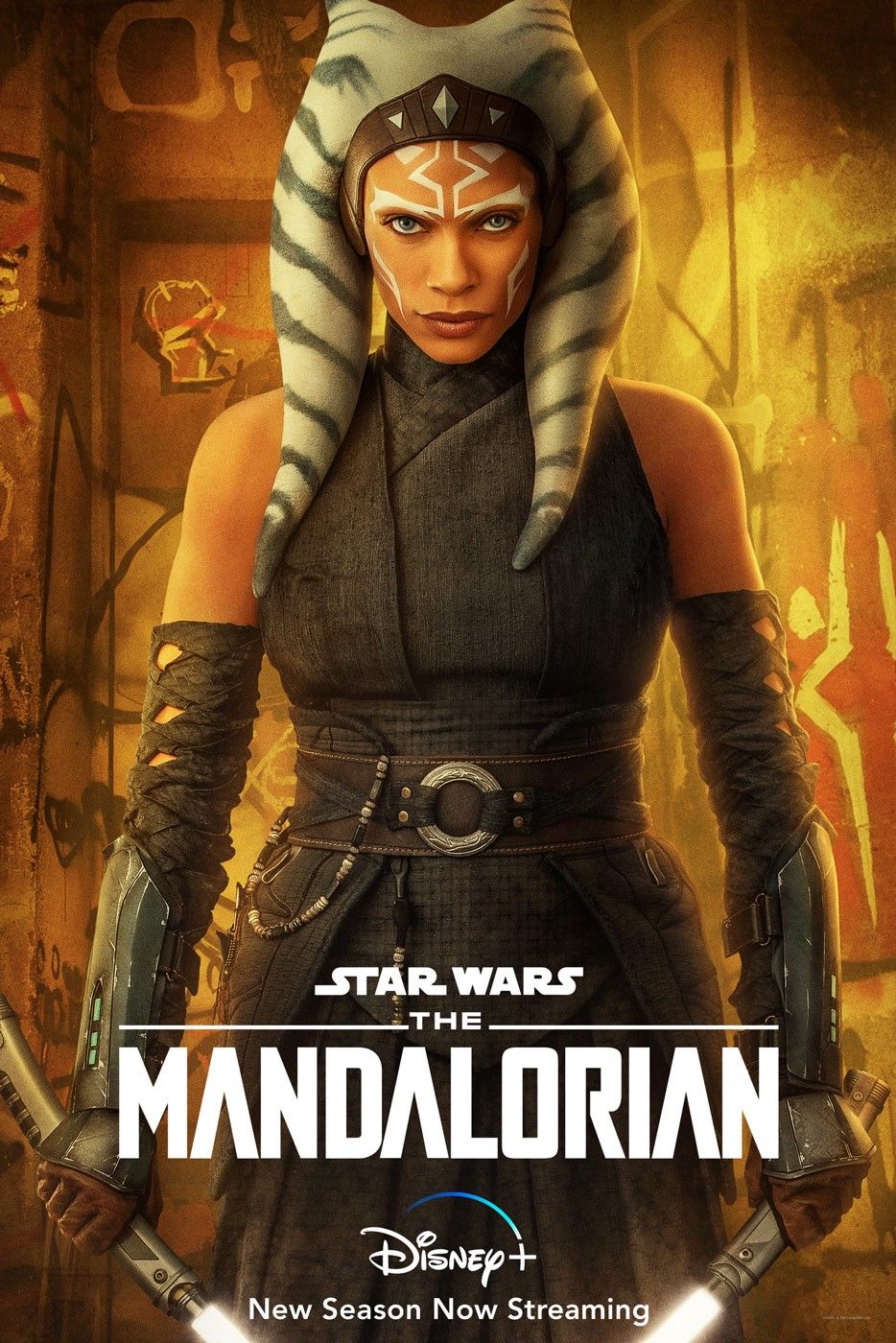
Aired: released weekly to Disney+
Episodes: eight
MPAA Rating: TV-14
EE Critic Score: 9/10
Season 2 of The Mandalorian released over the course of November and December 2020. While I did quick bullet point reviews of each episode of the newsletter, it’s now time to give a full review to the season as a whole.
Analysis
Season 2 had a distinct feel from Season 1. This season was a quest; Djarin had an active goal beyond his and the Child’s survival. Yes, the season was quite episodic, by design. But every monster slain, every planet visited, and every Imperial stronghold stormed brought Djarin a step closer to finding a Jedi to care for Grogu. There were no narrative dead ends. The action in this season was also uniformly better than the last. The fight scenes were kept much tighter; there were no extended shootouts that lasted most of the episode. And Season 2’s tied into the larger world of Star Wars in ways Season 1 never did.
There are three characters brought into The Mandalorian from other stories that I’d like to talk about: Cobb Vanth, Bo-Katan Kryze, and Ahsoka Tano. These three represent the three ways characters generally cross-over between different stories.
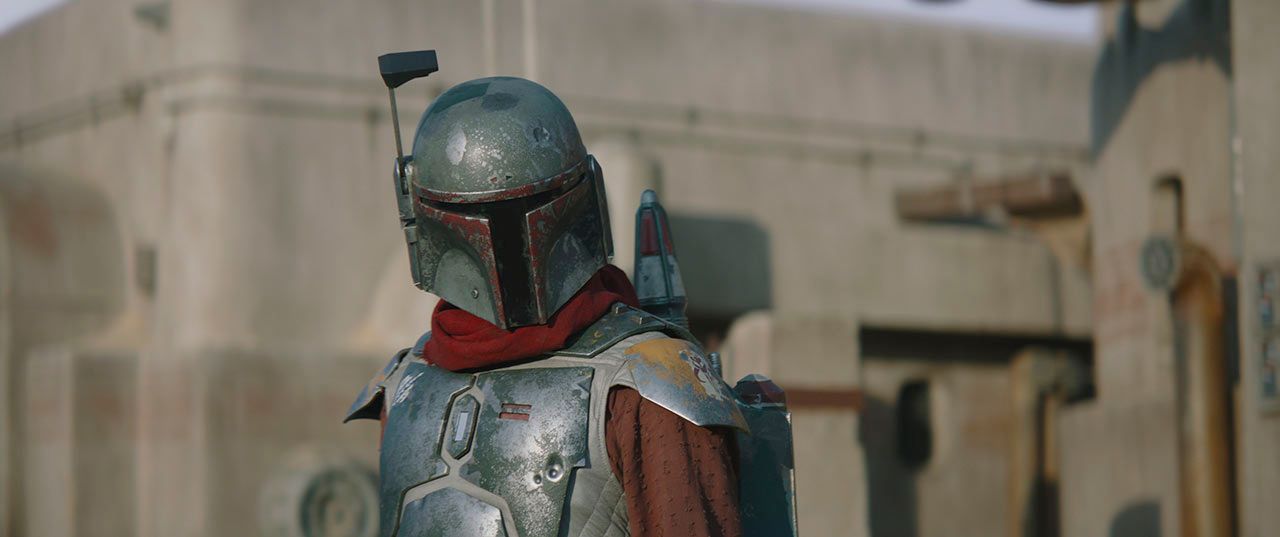
Cobb Vanth was a cameo from the Aftermath trilogy. I haven’t read those books, so I didn’t know that until I looked up how to spell his name. But that didn’t ruin the episode for me, because Vanth’s character was well established for an audience unfamiliar with him. With Boba Fett coming into the season, the showrunners wanted to get him his armor back, and the people who did read Aftermath will know that Cobb Vanth had it, so there was a compelling reason to feature the character, but few people would recognize him by name, so some flashback scenes were included. It was, by far, the smoothest incorporation of a character this season.
We’ve seen something like this before, in Rogue One, which featured Saw Gerrera, a character first created for The Clone Wars. He, too, was featured as if he was a new character; there was no mention of the events of the television arc he was introduced in. Clone Wars fans would recognize his name, and know some of his backstory, but those who hadn’t seen the show wouldn’t feel like they were missing something.
I expect there will be many more such character crossovers; Star Wars is big, and only getting bigger. Between films, tv shows, books, magazines, video games, comics, VR Experiences, theme parks, Fortnite events, etc. etc., there’s more Star Wars than any but the most dedicated fan could possibly enjoy first-hand. And having to run to Wookieepedia every time you stream the latest episode or read the latest novel or so-on-and-so-on is not fun. That breaks immersion and leaves one feeling as if one hadn’t done one’s expected homework.
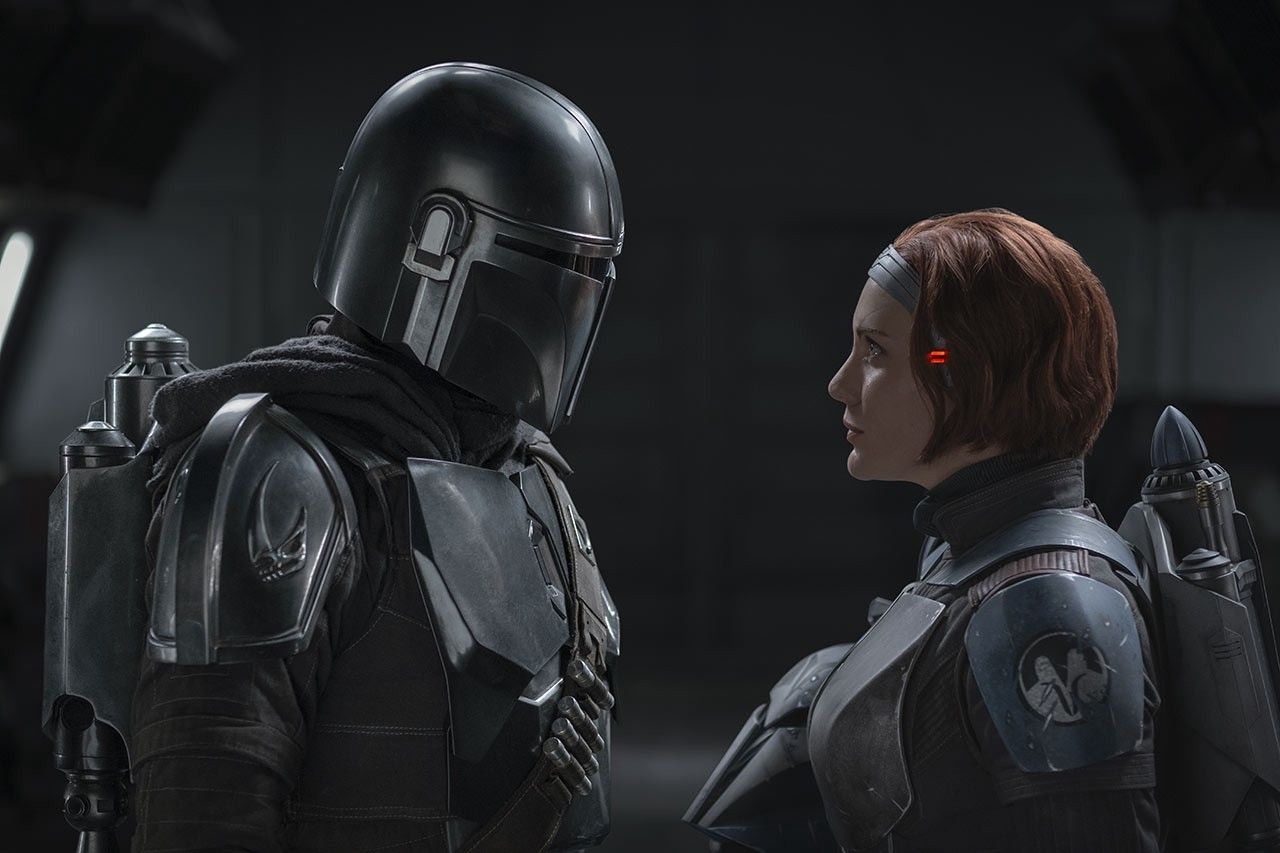
But sometimes a new story builds strongly on the events of an older story, and crossover characters can’t be re-introduced so simply. This is the case with Bo-Katan Kryze. Season 1 showed that Mandalore had been conquered and looted by the Empire and that the Darksaber was now held by Moff Gideon. The Mandalorian is a continuation, in this way, of the story of the Mandalorian people told in Rebels and The Clone Wars, which Bo-Katan was a part of. She’s too much of an established character to be able to summarize her story real quick; the best the show does is to establish that she was who held the Darksaber before Gideon.
Again, we’ve seen things like this before in Star Wars. Hera Syndulla, for example, made an appearance in the Alphabet Squadron books that built on her role in Rebels without fully re-capping it. She’d mention being the first to fly a B-Wing, or having lost a loved one, and you got the sense that she had more story of her own. But, crucially, she fits well into Freed’s books, as well as any of Freed’s characters.
So, while Bo-Katan didn’t slide into The Mandalorian quite as effortlessly as Cobb Vanth, she still felt like a part of the show. It goes to show that, while you can’t always make a character crossover seamless, you can at least keep things flush.
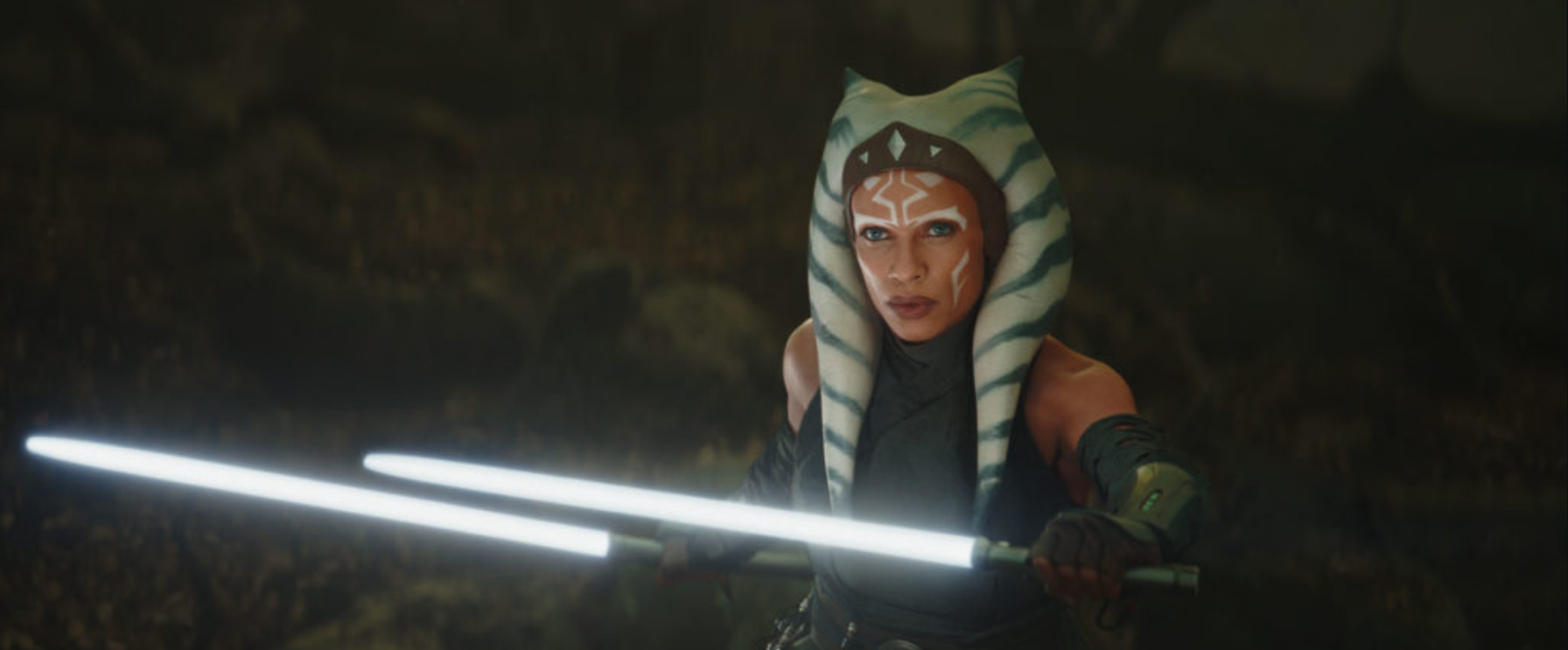
And finally, we come to Ahsoka Tano. I, like everyone else who watched The Clone Wars past Season 1, like Ahsoka a lot. She’s one of the more interesting, well-rounded characters in Star Wars, and many of the franchise’s best moments have featured her. But her appearance in The Mandalorian came in one of the series’ weakest episodes. It was what is known in TV as a back-door pilot: an episode of a show that actually serves to set up a different show. That’s the third reason an existing character is brought in to a new story: for cross-product promotion.
That’s not to say that Ahsoka doesn’t have an important role in the story of The Mandalorian; she does. For one scene, at least. The rest of her episode involves her searching for Thrawn, which will be a big part of the Ahsoka show coming to Disney+ in the future.
The same could probably be said about the appearance of Boba Fett, who is also getting his own show, and was probably only in this show to tease that show. But Fett at least was featured in multiple episodes, wherein he adopted Djarin’s mission. He was there for the fans, but he moved The Mandalorian forward. Ahsoka Tano largely brought The Mandalorian to a halt.
In the end, there are multiple ways and multiple reasons to bring in a crossover character; what matters is that the story being told is served well by their inclusion. While Season 2 featured a lot more of the greater Star Wars universe than Season 1 did, it generally maintained its own distinct identity. Djarin and Grogu remained the stars of the show. It all worked together.
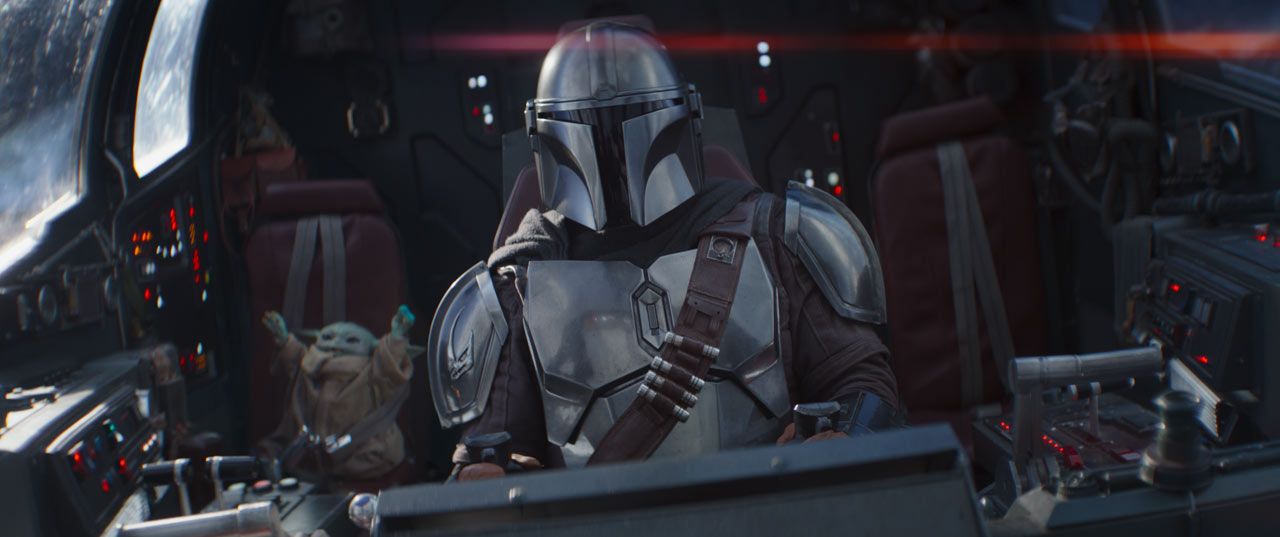
Pedro Pascal as Din Djarin | Photo Credit: StarWars.com
Another thing expanded upon this season was Mandalorian culture, as the adherent to the Way established in Season 1 met the casually bare-headed Mandalorians we’d seen in the animated series. It’s uncommon to see a character be religious like this in sci-fi and fantasy. Djarin and the Children of the Watch aren’t a stand-in for some actual religion. They have a sort of moral code, but that’s not the focus of their portrayal in the show. The focus, the thing we see setting Djarin apart from those around him, was the ever-present helmet.
Concealing one’s face, while not unheard of as a cultural practice on Earth, is a pretty big thing in Star Wars, I’ve noticed. You have the Mandalorians, and, somewhat subsequently the Clone Troopers and Stormtroopers. There are the Nihil, as featured in the new High Republic stories. Some of the pilgrims we saw on Jedha in Rogue One wore masks. The Jedi Temple guards wore masks. Generally, masks serve to express a group identity over a personal one. We know that, in the First Order at least, stormtroopers were made to wear their helmets at all time as a deindividualization scheme. With the Children of the Watch, we see something less oppressive, but nonetheless similar.
When we first meet him, Din Djarin is an agent of an enclave of Mandalorians, working as a bounty hunter in the outside world to support his undercover community. He is not known by his own name; rather, he is “The Mandalorian”, or sometimes “Mando” for short. His fearsome reputation is thus ascribed more broadly to his people. That his people might otherwise be pitied as yet more victims of the Empire probably plays some part in the way Djarin represents them so thoroughly. He is the face of the Mandalorians, even as Mandalorian-ness has replaced his own face.
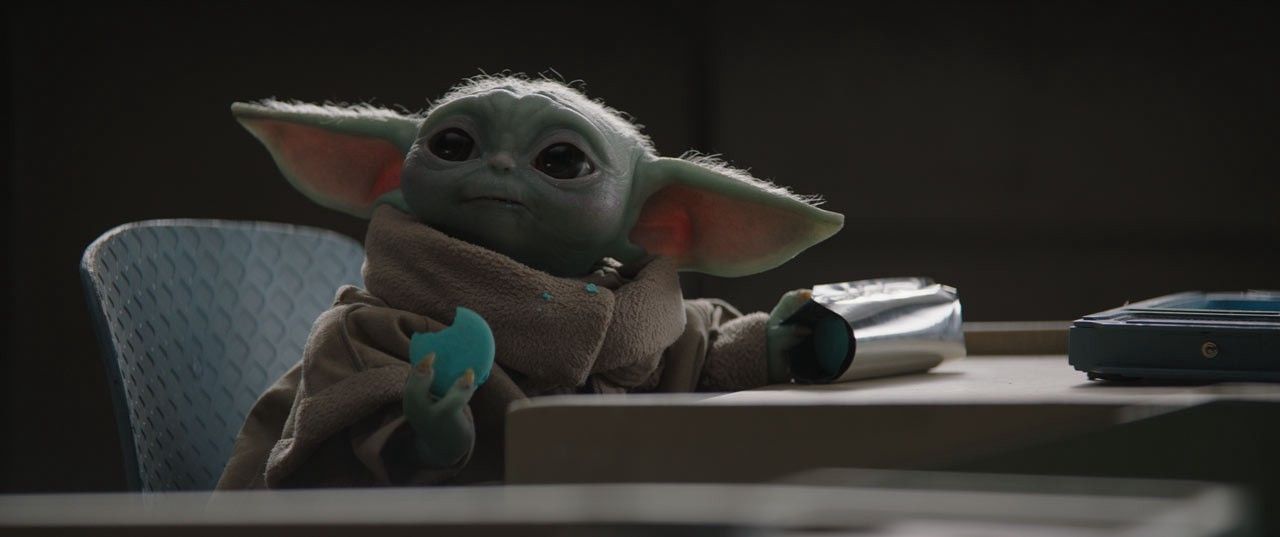
All this comes together in the end of the season when Djarin does take his helmet off twice, both times out of love for Grogu. And that brings me to one final thing I’d like to touch on. In my review of Season 1, I finished by asking if Din Djarin obviated the need for Boba Fett, whether Fett would need a second wind as a character. I think he got that second wind this season. But now, looking ahead to Season 3, I have another question: will this show work without Grogu?
I have no idea if Season 3 will feature Grogu or not, but let’s suppose it doesn’t. The show will have to introduce something to replace him, since he was both core to the show’s story and the main source of comic relief. I don’t think it’s impossible to go forward without him, but I can’t currently imagine how.
Recommendation & Rating
This season The Mandalorian really took the mantle of being the current flagship Star Wars property, so I’m pretty sure Star Wars fans have all made a point of seeing it. If you still haven’t, it’s worth a watch. Season 2 was a solid improvement over Season 1, and both were great television.
9/10 — Flawless. Meets all of the reviewer’s expectations. Worth arguing a person into experiencing.


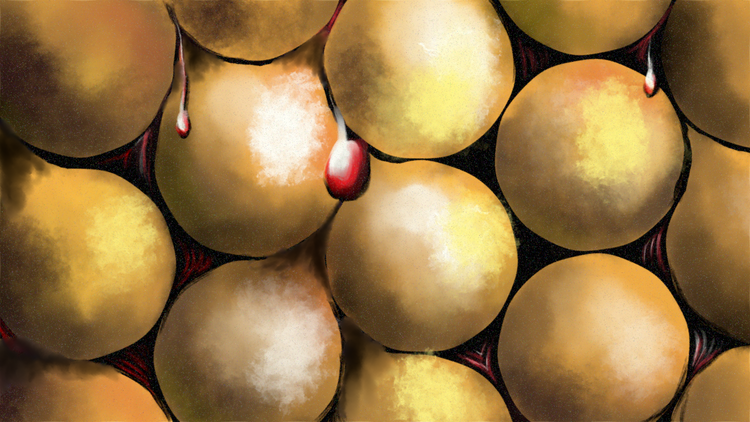



Member Commentary